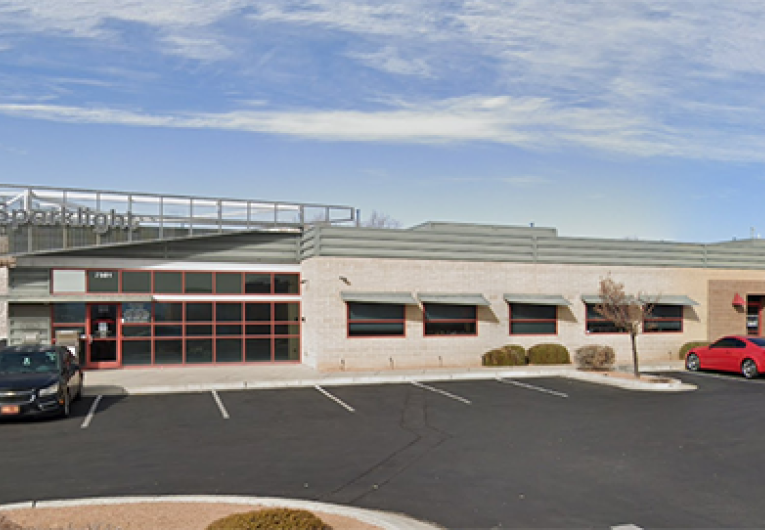
Small Business Wi-Fi – Easy Steps to a Secure Connection
How to Secure Your Small Business Wi-Fi
Wi-Fi has become an essential tool for productivity in businesses of all sizes. At the same time, Wi-Fi has become an important feature to many customers as well. But while Wi-Fi enables your business with the power of connectivity, it can also expose your business to the threat of cyber-attacks. And these cyber-attacks could severely impair your operations or even shut down your business completely. For this reason, securing your Wi-Fi network needs to be a top priority.
Top Tips for Securing Your Small Business Wi-Fi
- Start with a Business-Grade Wi-Fi Router. Consumer routers are notoriously easy to hack. The first step to securing your Wi-Fi is upgrading to a commercial router that supports the current wireless networking standard IEEE 802.11ac, along with all the security and functionality your business will need.
- Secure Your Routers and Ports. You don’t want unauthorized people accessing your routers or Ethernet ports. If hackers access your router, they can override all your security by simply hitting the reset button. If hackers have access to an Ethernet port, they can add their own access point or AP to your network. The best solution is to lock up your routers and disable any exposed ports.
- Use WPA2 or WPA3 Security Protocol. You will probably have a choice of security protocols for your Wi-Fi network. The current standards for Wi-Fi Protected Access (WPA) are WPA2 and WPA3. The most recent version, WPA3 was introduced in January 2018 and includes individualized encryption for each user, which is highly recommended.
- Choose a Unique SSID Name and Password. The default Service Set Identified (SSID) name and password of a Wi-Fi network is easily cracked by hackers. Choose a discreet name for your Wi-Fi network to make it harder for hackers to find. Also choose strong passwords and change them periodically.
- Disable the Remote Login. If your Wi-Fi network allows for wireless login, you will want to disable it. Even though it’s convenient for you to manage your network remotely, it’s also convenient for hackers to breech your network remotely. With this feature disabled, only users who are physically connected to your router through an Ethernet cable can access the admin features.
- Set Up Private and Public Access. If you’re providing Wi-Fi to your customers or guests, set up a separate access point or router for their use. The public will have convenient access to the internet, but they will not have access to your business-critical network and information. Your employees can access your network using a different set of passwords and security measures.
While no Wi-Fi network is ever completely safe, follow these tips to better secure your Wi-Fi network.
The trends, insights, and solutions you need to grow your business.
By signing up, you’re subscribing to our monthly email newsletter, The
Wire. You may unsubscribe at any time.
Your information stays safe with us. Learn more about our privacy
policy.











![[#MSP_NAME#] Logo](/themes/sparklight_business/images/transition-logos/migration-banner-logo-[#MSP_CD#].png)
